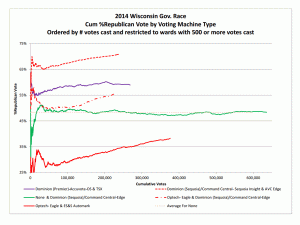Kris Kobach introduced HB 2543 last month. He supports auditing our voting system! I am glad of the moral support although I did have some concerns about the actual law he submitted.
Letter to Legislators re Kobach Audit Proposal
I testified about those concerns at the Elections committee meeting in Topeka today. I want to write a more detailed description of the experience later, but I did want to post a notification of this activity today. Legislators on both sides are listening. Everyone agreed that audits are doable, although perhaps costly in 2016, and a good idea in order for voters to have confidence that their votes are all counted correctly.
I count this as progress. Sadly, I am amazing ignorant of all that is required for a bill to become law in the state of Kansas. Fortunately, I have supporters in the legislator. I was pleased to meet some of them today.
I even met Mr. Kobach today. He was quite nice, not seeming to mind at all that I’d just testified that he shouldn’t be trusted to generate the sample list, it should be part of the law that the sample is randomly generated. No one can be trusted to generate the sample list. That’s why it’s required that it be randomly generated. After the election. Because no one can leak information before it’s been generated.
Some people have been know to take offense at that implicit insinuation, but he showed no signs of feeling that way, understanding that it’s not personal. Setting up non-random samples is the easiest and most obvious way to degrade the audit process into an empty expensive rite devoid of value. Even if Mr. Kobach can be trusted not to deliberately bias samples in that manner, can his successor, or the next after that? Not to mention the effect of unconscious bias on sample selection methodologies?
